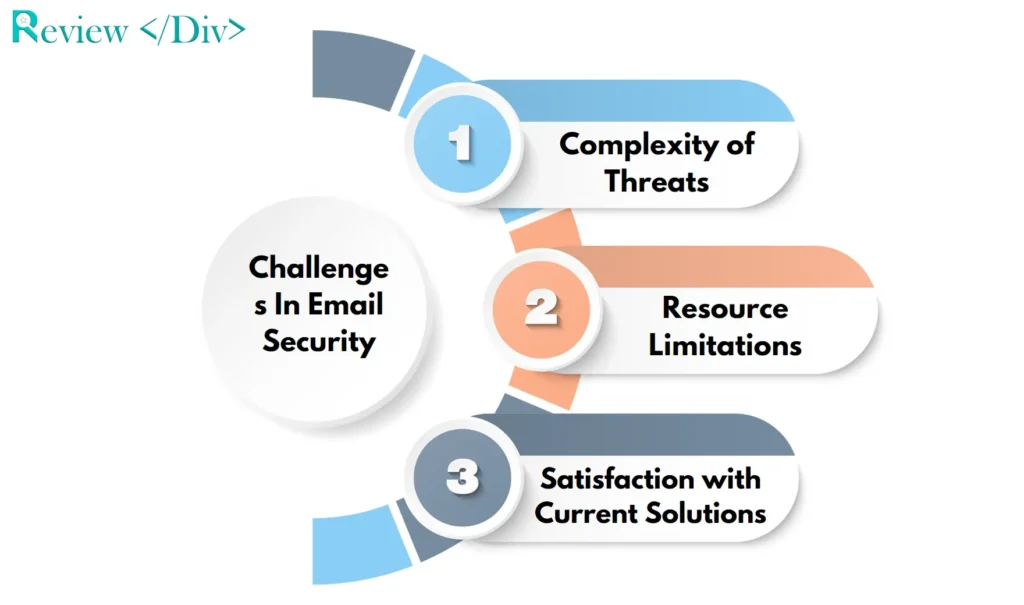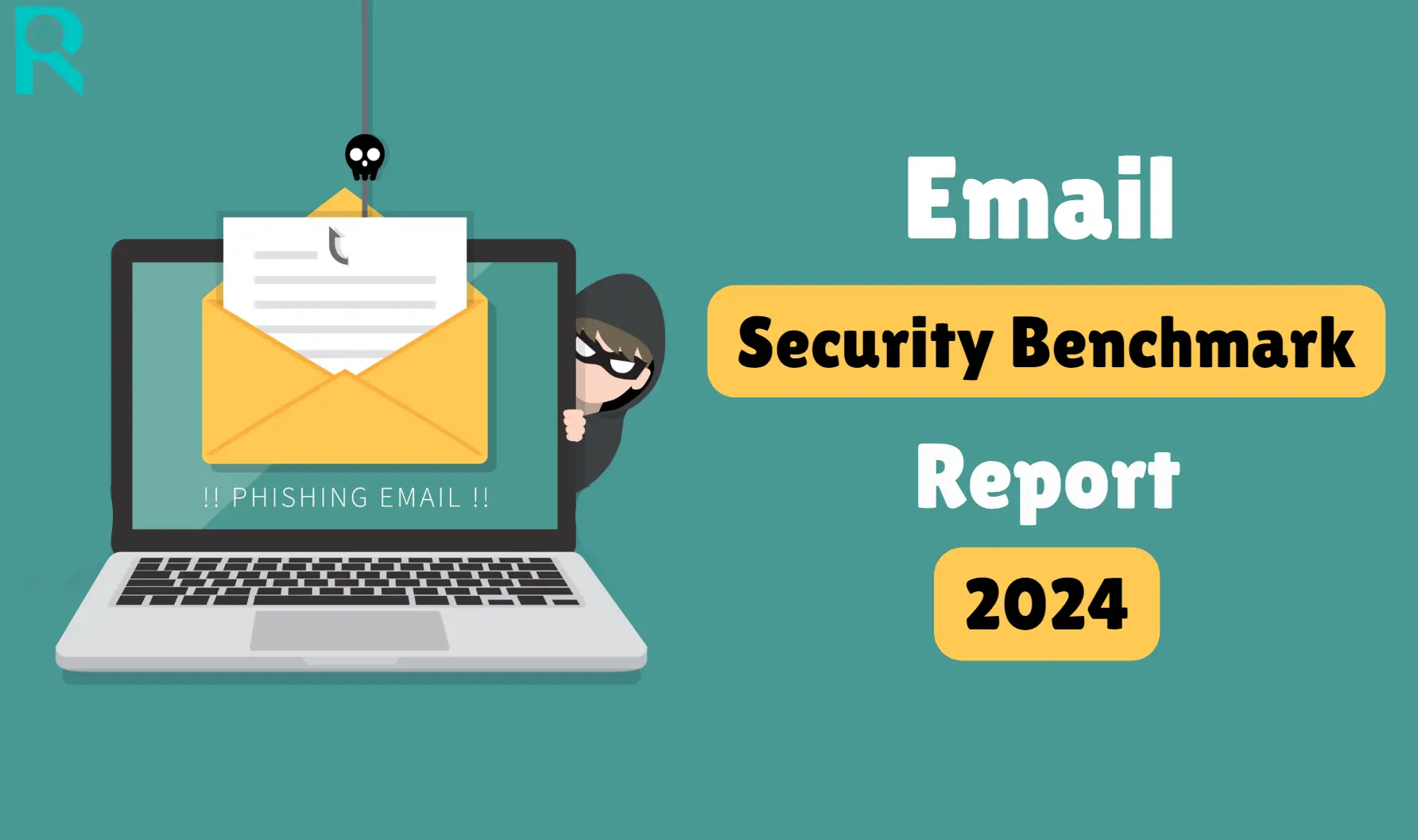As we advance further into the online era email security has become a critical issue for organizations around the globe. The Email Security Benchmark Report 2024 offers a thorough examination of the current state of email security.
It focuses on new threats, trends, and how well different security measures are working. This report is essential for organizations that want to strengthen their email security strategies amid a constantly changing cyber threat environment.
What Is Email Security?
Email always remains a major target for cyber attacks like phishing, malware distribution, and business email compromise (BEC). Even with advancements in security technology, many organizations struggle to manage email security effectively. The report underscores the ongoing struggle between growing cyber threats and the efforts to battle them.
What Are The Rising Email Threats In 2024?
The 2024 Email Security Benchmark Report reveals the changing landscape of email threats and offers key insights and advice for improving email security. These findings underline the need for strong email security measures to refine cyber threats.

1. Increase in Phishing Attacks
Phishing continues to be the most prevalent email threat, with an apparent increase in both the complexity and frequency of these attacks. Cybercriminals are using advanced techniques, such as AI-generated emails and deepfake technology, to create highly convincing phishing attempts.
These tactics make it more challenging for recipients to distinguish between legitimate and fraudulent emails. By emulating the writing style and tone of trusted contacts through AI, attackers increase the success rate of these scams.
2. Bypassing Secure Email Gateways (SEGs)
The report highlights a problematic trend of increasing negative emails successfully bypassing Secure Email Gateways (SEGs). Traditional email security solutions are struggling to keep up with the fast evolution of cyberattack strategies.
As a result, these systems fail to detect and block threats and allow harmful emails to reach their targets. This trend underscores the need for more advanced and adaptable security measures to fight these occurring threats.
3. Arising Threats
New attacks, such as QR code phishing and vishing (voice phishing), are on the rise. QR code phishing takes advantage of users’ trust in QR codes, leading them to opposing websites when scanned.
Vishing involves attackers using phone calls to trick victims into revealing sensitive information or transferring money. These methods exploit non-email communication channels which users sense as more secure to deliver evil payloads and compromise security.
4. Top Malware Families
The report identifies several malware families that pose significant threats in 2024 which include DarkGate and PikaBot. These types of malware are becoming increasingly complex making them more difficult to detect and counter.
DarkGate is renowned for its stealthy methods of infiltration and ability to evade traditional antivirus software, while PikaBot is known for its rapid spread and expansive damage potential. The growth of these malware families requires more robust detection and prevention strategies.
Top Email Security Threat Statistics In 2024
There are some Main Email Security Threat Statistics of 2024 that you should be aware of, here is an overview.
Phishing Incidents: Phishing attacks have increased by 30% over the past year. This sharp rise reflects the growing frequency of these attacks. Cybercriminals are constantly improving their techniques and making it essential for organizations to boost their ability to detect and respond to phishing attempts.
Malware Delivery: About 25% of email-based attacks now involve malware delivery, with ransomware being the most common type. The high rate of ransomware attacks highlights the serious financial and operational risks associated with malware. These attacks can cause major data breaches, significant financial losses, and disrupt normal business operations.
Business Email Compromise (BEC): Business Email Compromise (BEC) scams make up 15% of all email security incidents. In these scams, attackers pose as company leaders or trusted contacts to trick employees into transferring money or sharing sensitive information.
Industry-Specific Statistics
The finance sector saw an alarming 100% increase in emails bypassing Secure Email Gateways (SEGs) which makes it the most targeted industry. This sharp rise is due to the sector’s high-value transactions and the sensitive nature of its data, which are highly appealing to cybercriminals.
Financial institutions must implement robust security measures and continuously update their defenses to address these threats.
In healthcare, phishing attacks surged by 75%, reflecting the sector’s attractiveness due to its sensitive patient data. This increase highlights the urgent need for improved email security to protect patient information and ensure the smooth operation of healthcare services.
Similarly, the manufacturing sector experienced a nearly 50% rise in ransomware attacks delivered through email. These attacks can hardly disrupt production and result in significant financial losses.
What Are The Challenges In Email Security?
Email security continues to face several challenges. Here are some of the main issues organizations must contend with.

1. Complexity of Threats
Cybercriminals are using increasingly advanced methods, such as social engineering and multi-vector attacks, which make it harder to detect and prevent threats. As these methods evolve security measures must continually adapt and improve.
2. Resource Limitations
Many organizations mainly smaller ones lack the necessary resources and expertise to manage email security effectively. This can lead to openness as they may struggle to allocate enough budget and staff to maintain strong security measures.
3. Satisfaction with Current Solutions
Many organizations are not satisfied with their current email security solutions. This dissatisfaction suggests that existing tools may not fully address the range of email threats they face.
What Are The Best Practices for Email Security?
Here are some best practices for email security that can help your organization.
Improved Security Awareness Training: Regular security awareness training is essential for helping employees spot and report phishing attempts. Training should include real-world scenarios to make it more practical and effective.
Multi-Layered Security Approach: A multi-layered security strategy is key to protecting against email threats. This means using several layers of defense, such as Secure Email Gateways (SEGs), advanced threat protection, and endpoint security.
Regular Security Audits: Security audits are essential for finding vulnerabilities and making sure security measures are current. These audits assess how well current security measures are working and highlight areas that need improvement.
Incident Response Planning: Having a solid incident response plan is vital for reducing the impact of email security breaches. This plan should include clear steps for reporting and handling incidents and strategies for minimum damage.
FAQ’s
The average open rate for emails in 2024 is 39.7%, with a click-through rate (CTR) of 1.0%.
An email benchmark measures the success of an email campaign based on factors like open rate, click-through rate, and the size of your email list.
A benchmarking rate is a standard that sets the expected level of interest or performance for various transactions globally.
Jason Thomas is a Computer Science student specializing in AI & ML, dedicated to safeguarding individuals from online threats. Passionate about exposing internet scams, Jason spends his free time identifying and reviewing various fraudulent activities and unethical materials. With a unique blend of theoretical knowledge and practical application, he is a valuable contributor to the fight against online fraud. His commitment to technology and programming fuels his mission to protect people from scams and enhance internet safety for everyone.







